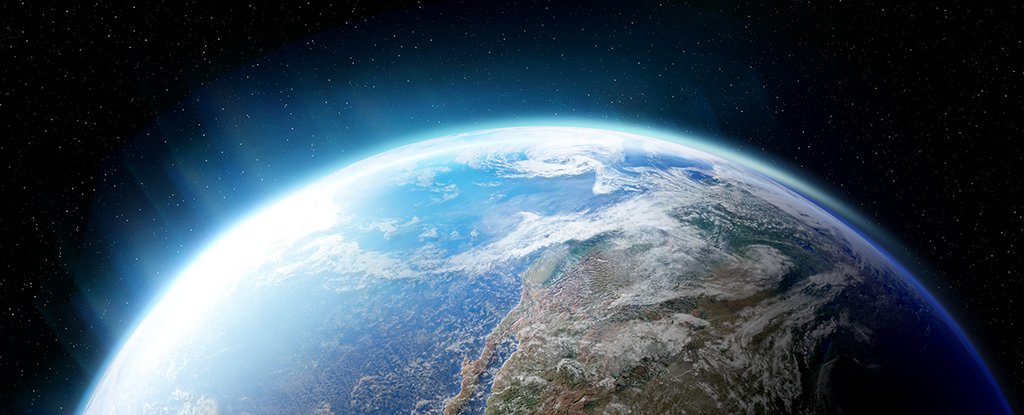
For now, complex life flourishes on Earth, sustained by its abundant supply of oxygen. However, scientists predict a dramatic atmospheric shift in the distant future, reverting to conditions reminiscent of an ancient Earth rich in methane and low in oxygen. This transformation, projected to occur in about a billion years, promises to be swift, according to research published in 2021.
The anticipated change will mirror the pre-Great Oxidation Event (GOE) era, a time over 2.4 billion years ago when Earth’s atmosphere was vastly different. “For many years, the lifespan of Earth’s biosphere has been discussed based on scientific knowledge about the steadily brightening of the sun and global carbonate-silicate geochemical cycle,” stated Kazumi Ozaki, an environmental scientist from Toho University in Japan, when the study was published.
The Science Behind the Shift
Researchers have long examined the implications of a brightening sun and the global carbonate-silicate geochemical cycle on Earth’s atmosphere. One significant consequence is the gradual decline in atmospheric CO2 levels, contributing to global warming over geological timescales. The study suggests that atmospheric oxygen may not be a permanent feature of habitable worlds, impacting our search for extraterrestrial life.
“The model projects that a deoxygenation of the atmosphere, with atmospheric O2 dropping sharply to levels reminiscent of the Archaean Earth, will most probably be triggered before the inception of moist greenhouse conditions in Earth’s climate system and before the extensive loss of surface water from the atmosphere,”
the research team explained.
Implications for Life on Earth
This atmospheric transformation spells the end for human beings and most oxygen-dependent life forms. The researchers reached their conclusions by running detailed biosphere models, considering the sun’s increasing brightness and the corresponding drop in carbon dioxide levels as the gas breaks down under rising temperatures. Fewer photosynthesizing organisms like plants would lead to a significant reduction in oxygen.
Previous predictions suggested that increased solar radiation would eventually evaporate Earth’s ocean waters within about 2 billion years. However, this model, based on nearly 400,000 simulations, indicates that oxygen depletion will likely eliminate life first. “The drop in oxygen is very, very extreme,” said Chris Reinhard, an Earth scientist from the Georgia Institute of Technology.
“We’re talking around a million times less oxygen than there is today.”
Searching for Life Beyond Earth
This research holds particular relevance for our current search for habitable planets beyond the Solar System. As more powerful telescopes come online, scientists aim to refine their search criteria for biosignatures in the vast data these instruments collect. The study suggests that focusing solely on oxygen may not suffice, and other biosignatures should be considered to increase the chances of detecting life.
The study is part of NASA’s NExSS (Nexus for Exoplanet System Science) project, which explores the habitability of planets beyond Earth. Calculations by Ozaki and Reinhard indicate that Earth’s oxygen-rich period might constitute only 20-30 percent of the planet’s total lifespan. Microbial life, however, could persist long after more complex life forms vanish.
Future Earth: A World of Anaerobic Life
Post-deoxygenation, Earth’s atmosphere will be characterized by elevated methane levels, low CO2, and the absence of an ozone layer. “The Earth system will probably be a world of anaerobic life forms,” said Ozaki. This research, published in Nature Geoscience, provides a sobering glimpse into the distant future of our planet.
An earlier version of this article was published in March 2021, highlighting the ongoing scientific exploration into Earth’s atmospheric evolution and its broader implications for understanding life in the universe.






